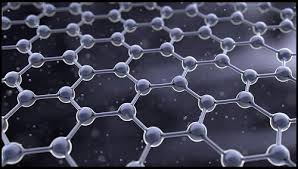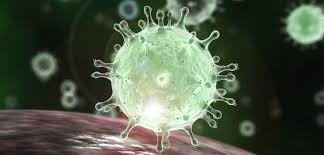
Assam based Institute of Advanced Study in Science and Technology (IASST) has developed plasmonic semiconductor nanomaterials for the removal of toxic organic compounds from water by harvesting solar light. Plasmonic semiconductor nanomaterials are metal-like materials with free electrons on the surface that oscillate collectively when hit by light.
Daily Current Affairs Quiz 2020
Key-Points
In this method, the solar light is utilized to increase the photocatalytic efficiency of nanomaterials to degrade pollutants and generate renewable Hydrogen.
The researchers are trying to understand the science behind the photon accumulation and amplification of incident light by the plasmonic materials for this purpose.
The materials that are being developed can easily adsorb toxic ions like arsenic and fluoride, which are often found in water in North East India and convert it to its non-toxic forms when they are exposed to sunlight.
Plasmonic nanomaterials are used in the process for hydrogen energy generation which has shown high photon to hydrogen conversion efficiency under visible and near infra-red (IR) light.
This method can remove the toxic contents in water to make the water suitable for drinking.





